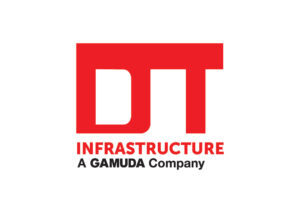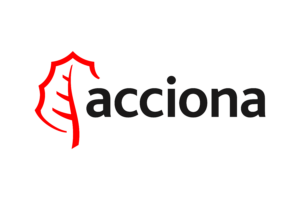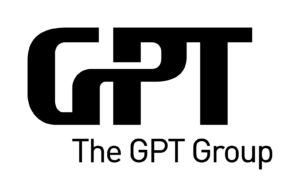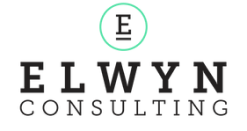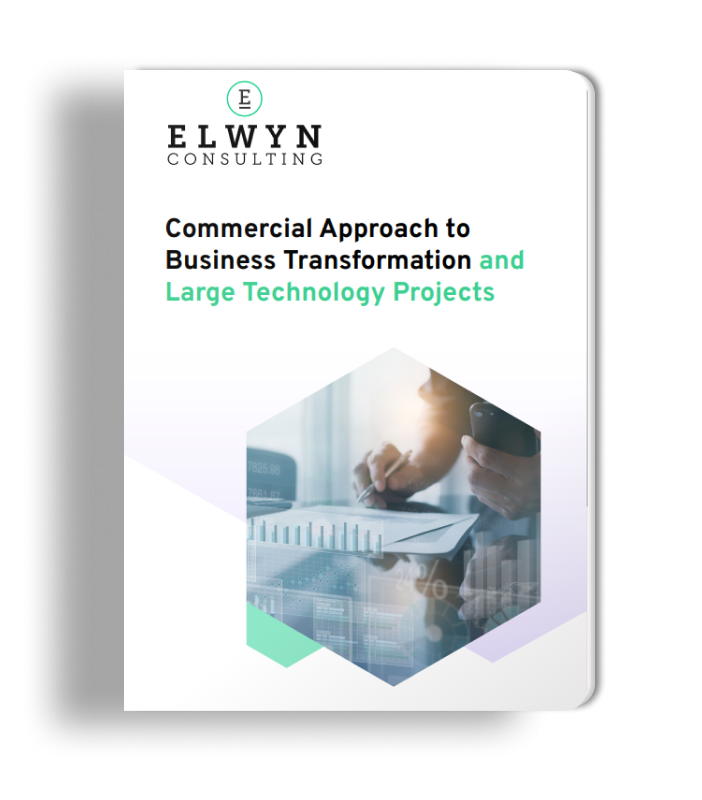Procure to Pay (P2P) is a crucial business process that involves acquiring goods or services from suppliers, managing and approving purchase orders, receiving and verifying invoices, and making payments to suppliers. A successful P2P process can help organisations to control spending, reduce costs, and improve efficiency.
The main purpose of having an efficient and well-documented P2P process is your procurement and accounts payable teams should be able to examine the progress of a transaction at any moment, from the time a product or service is purchased through the time an invoice is paid.
This blog post will delve into the importance of a well-articulated P2P process, the benefits, and the steps involved.
The 7 Steps Involved
1. Need identifying – The need for a product or service is identified.
2. Requisition management – A formal request is made for the goods or services and approved.
3. Purchase Order issued – A purchase order is issued once the supplier has been down-selected and the purchase requisition has been approved per the delegation of authority.
4. Goods receipt – The supplier delivers the requested goods or services, creating the relevant goods or services receipt.
5. Invoice received – The supplier’s invoice is submitted and entered into the processing system.
6. Invoice processing – The invoice is matched against the PO, and the receiving documents or any exceptions are flagged for investigation. Invoices that do not have an associated PO are routed through workflow for review and approval.
7. Accounts Payable – Approved invoices are passed to accounts payable, who make the payment and update the system.
The 7 Benefits
1. Time and Cost saving: P2P automation drives cost savings and processing efficiencies by eliminating time-consuming and error-prone manual processes from procure-to-pay operations. When you fully automate your procurement and payables processes, you can capture 100% of your financial data, achieve the highest visibility across the supply chain, and improve cost predictability.
2. Improved visibility: P2P automation solutions provide a holistic view of your suppliers and spending from a single, centralised location to enable better strategic decision-making. Armed with data and visibility into company spending, you will be in a better position to control spend, mitigate risk, and manage the entire supply chain.
3. Improved relationships: Automation lets you connect with your suppliers in an electronic and streamlined manner. Leveraging a range of methods to engage with suppliers and exchange data and documents, you can connect to all of your suppliers – from the largest to the smallest. P2P automation also increases on-time payment performance and gives suppliers real-time visibility into transaction status, improving supplier relations and collaboration.
4. Improved compliance: Companies can mitigate the risk of fraud, unauthorised spending, and non-compliance with a well-designed P2P process. They can automate approval workflows and ensure proper documentation to promote transparency and accountability. It thus reduces potential legal and financial risks and improves the annual audit.
5. Business progression: Metrics and KPIs can be used to measure how a business is performing in each of the P2P steps. By identifying pain points and non-performing areas, a business can highlight and focus on the pain points to improve the process and the business. This allows you to measure the progression of the business and, in turn, can report on the business’s progression.
6. Data-Driven Decision-Making: P2P generates valuable data that can be used for analysis and strategic decision-making. Insights into spending patterns, supplier performance, and market trends can inform procurement strategies.
7. Risk Mitigation: By following a structured P2P process, businesses can identify and mitigate risks related to supplier quality, delivery delays, and financial stability. This proactive approach minimises disruptions to operations.
Looking at your current P2P process, it should be easy to tell whether you need to improve certain areas of the process or update the entire process. Recognising the vital importance of the P2P process and optimising it can lead to cost savings, improved decision-making, and a competitive advantage in today’s dynamic business landscape. It can certainly seem daunting to update your P2P process, but as you can see, the benefits are well worth it. So, whether you’re a small start-up or a large corporation, investing in a well-structured P2P process is a strategic move toward long-term success.
*Procure-to-pay process (no date) Basware. Available at: https://www.basware.com/en-en/solutions/procure-to-pay/procure-to-pay-process/ (Accessed: 05 October 2023).


